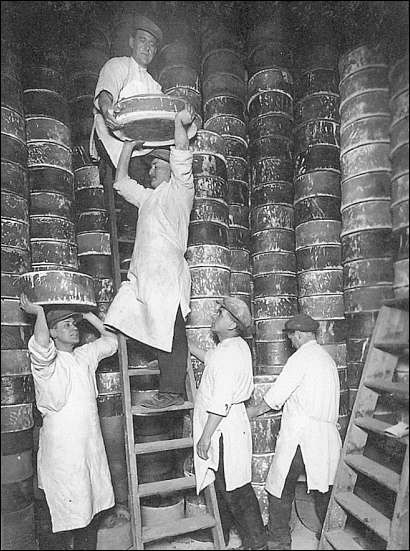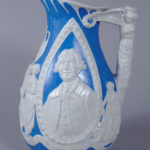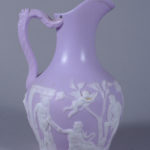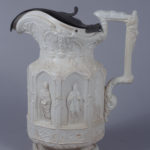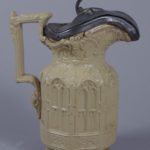People Behind the Pots
Staffordshire County was home to the lion’s share of potteries that produced jugs in Victorian England. The city of Stoke-on-Trent was the center of it all, commonly known throughout England as “The Potteries.” In the prime of Victorian jug making, the pottery industry boasted as many as 4,000 unique, hand-built bottle ovens, 47 of which still stand today.
The outer part of the oven served as a chimney, removing smoke and creating air flow. Workers placed the vessels in fireclay boxes called ‘saggars’ stacked high inside the oven. An oven was fired once every week for 2-3 days and used 15 tons of coal each time.
Laborers in the Victorian era suffered grueling hours in horrible and deadly conditions. Young potters worked between 12 and 14 hours each day, six days a week. In spite of the harsh conditions, communities formed and towns were made. Taverns and pubs made settlements not to far from the potteries. These places were more than just a bar, they were family restaurants, music venues, Inns and stables. The best and most skilled craftsmen moved up the chain and some even branched off to form their own pottery factory to design for.
